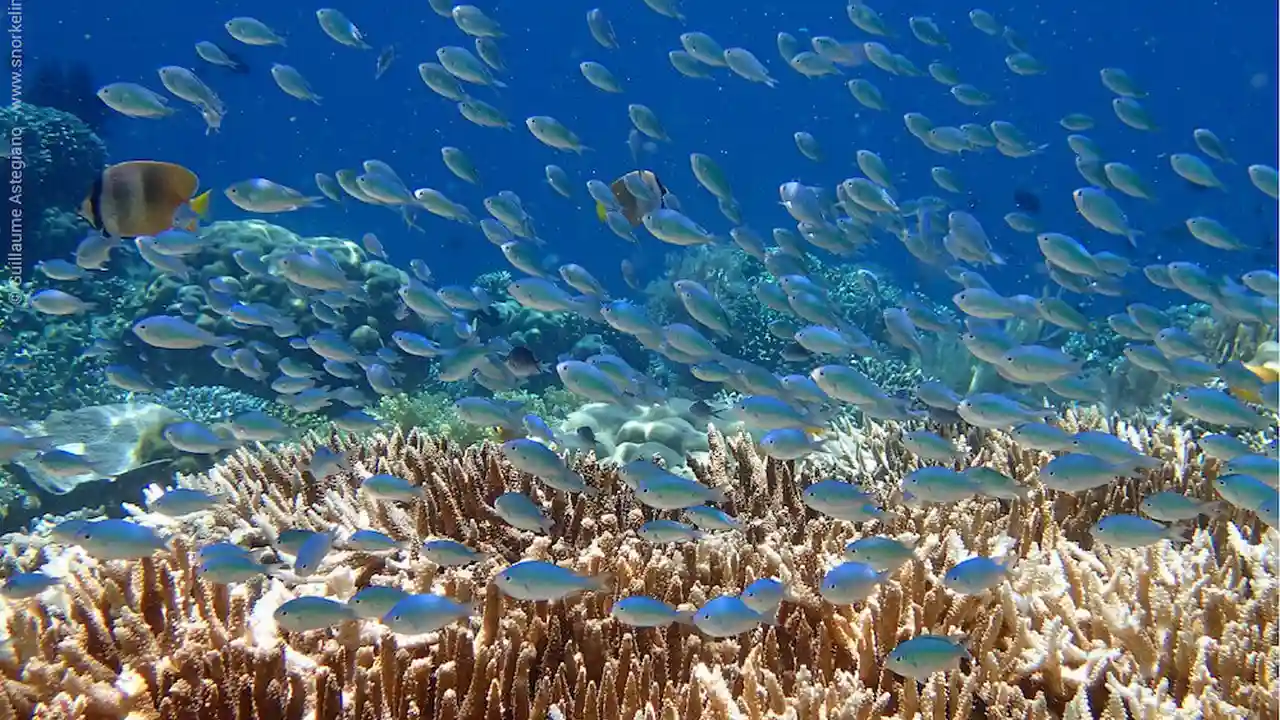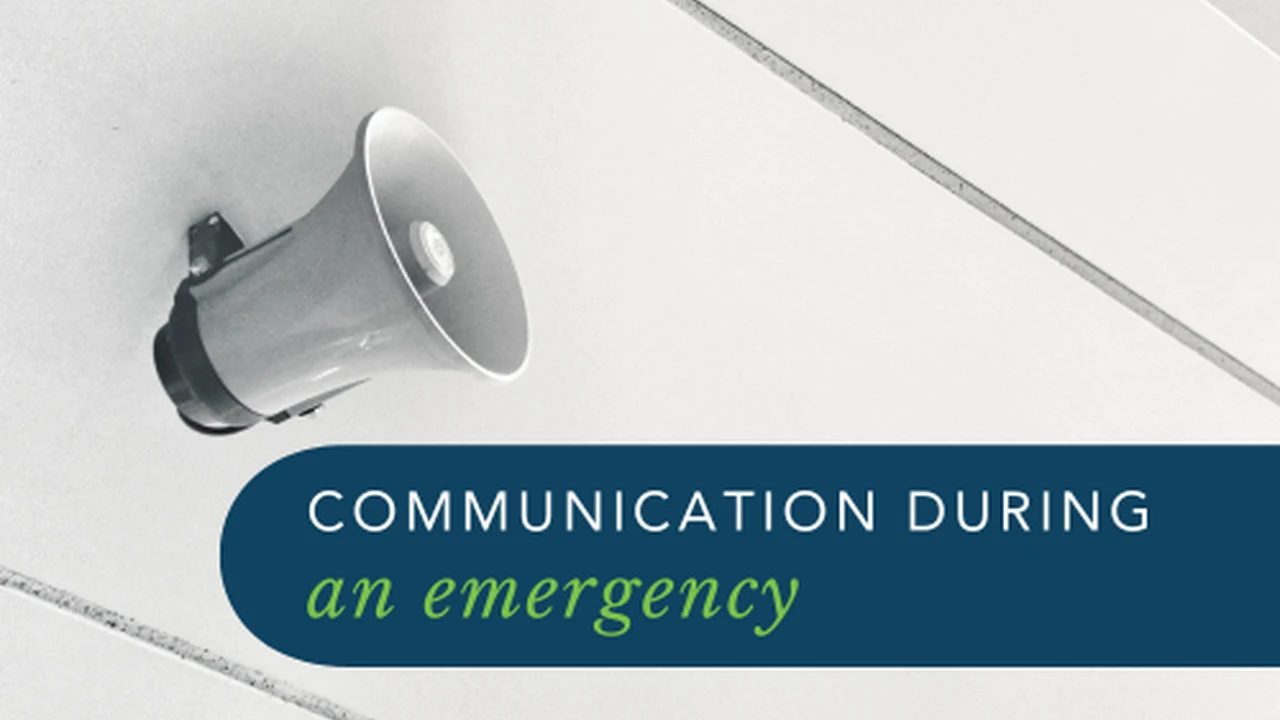Diving and Snorkeling in Southeast Asia
Discover the underwater wonders of Southeast Asia with diving and snorkeling. We highlight the best dive sites, marine life, and dive operators. Explore vibrant coral reefs and encounter diverse marine species.

Southeast Asia's Best Dive Sites Exploring Marine Biodiversity
Southeast Asia is a haven for divers and snorkelers, boasting some of the most biodiverse marine ecosystems in the world. From the vibrant coral reefs of the Philippines to the crystal-clear waters of Indonesia, there's an underwater adventure waiting for everyone. Let's dive into some of the best spots:
- Raja Ampat, Indonesia: Known as the \"Amazon of the Seas,\" Raja Ampat is a diver's paradise with unparalleled biodiversity. Expect to see manta rays, sharks, colorful coral, and countless fish species.
- Sipadan Island, Malaysia: This legendary dive site is famous for its swirling barracuda tornadoes, abundant sea turtles, and diverse reef sharks. Strong currents make it suitable for experienced divers.
- Komodo National Park, Indonesia: Famous for its Komodo dragons, this park also offers incredible diving. Expect strong currents and encounters with manta rays, sharks, and vibrant coral reefs.
- The Similan Islands, Thailand: These islands offer a variety of dive sites, from gentle coral gardens to dramatic drop-offs. Expect to see whale sharks, manta rays, and diverse reef fish.
- Tubbataha Reefs Natural Park, Philippines: A UNESCO World Heritage Site, Tubbataha is a remote marine park teeming with life. Expect to see sharks, manta rays, and large schools of fish.
Choosing the Right Snorkeling Gear For Southeast Asia's Waters
Snorkeling can be just as rewarding as diving, especially in shallow, clear waters. Here's what you need to know to choose the right gear:
- Mask: A good mask should fit snugly and create a watertight seal. Look for masks with tempered glass lenses for safety.
- Snorkel: Choose a snorkel with a comfortable mouthpiece and a purge valve to easily clear water.
- Fins: Fins provide propulsion and make it easier to move through the water. Choose fins that fit comfortably and are appropriate for the conditions.
- Wetsuit or Rash Guard: Protect yourself from the sun and jellyfish stings with a wetsuit or rash guard.
Recommended Snorkeling Gear Products Prices and Comparison
Let’s talk about some specific snorkeling gear. Here are a few recommendations with different price points and features:
- Cressi Palau Long Fins Set: (Around $80) A great all-around set for beginners. The fins are easy to use, and the mask fits well. Ideal for casual snorkeling.
- Seavenger Adult and Junior Diving Snorkel Set: (Around $60) A popular choice for families. It includes an anti-fog mask and a dry snorkel to prevent water from entering.
- Mares X-One Marex Set: (Around $90) A more premium set with a comfortable silicone skirt on the mask and efficient fins. Good for more experienced snorkelers.
- Full Face Snorkel Mask - WildHorn Outfitters Seaview 180° V2: (Around $120) This full-face mask offers a wide field of view and allows you to breathe naturally through your nose and mouth. It's great for beginners but might take some getting used to.
Southeast Asia Dive Operators Finding Reputable Services
Choosing a reputable dive operator is crucial for safety and enjoyment. Look for operators with:
- Certified Instructors: Ensure instructors are certified by recognized organizations like PADI or SSI.
- Well-Maintained Equipment: Check that equipment is in good condition and regularly serviced.
- Safety Protocols: Inquire about safety procedures and emergency plans.
- Positive Reviews: Read reviews from other divers to get an idea of the operator's reputation.
Southeast Asia's Marine Life What to Expect Underwater
Southeast Asia's waters are teeming with marine life. Here's a glimpse of what you might encounter:
- Coral Reefs: Explore vibrant coral reefs teeming with colorful fish, invertebrates, and crustaceans.
- Manta Rays: These gentle giants are a common sight in many dive sites.
- Sharks: From reef sharks to whale sharks, Southeast Asia is home to a variety of shark species.
- Sea Turtles: Encounter sea turtles gracefully gliding through the water.
- Nudibranchs: These colorful sea slugs are a favorite among underwater photographers.
- Macro Life: Look closely for tiny critters like seahorses, frogfish, and ghost pipefish.
Diving Certifications in Southeast Asia PADI and SSI Options
If you're interested in learning to dive, Southeast Asia is a great place to get certified. PADI and SSI are the two most recognized diving organizations. Here’s a quick comparison:
- PADI (Professional Association of Diving Instructors): The world's largest diving organization. PADI courses are widely available and recognized globally. The Open Water Diver course, which allows you to dive to 18 meters, typically costs between $300 and $500.
- SSI (Scuba Schools International): Another reputable diving organization with a similar curriculum to PADI. SSI courses are also widely available and recognized. The Open Water Diver course with SSI also costs around $300 to $500.
Diving Equipment Recommendations Price Points and Usage
If you're planning on diving frequently, investing in your own equipment can be a good idea. Here are some recommendations:
- Dive Computer: A dive computer tracks your depth, time, and decompression limits. A basic dive computer like the Cressi Leonardo costs around $300. More advanced computers with air integration can cost upwards of $800.
- Regulator: The regulator delivers air from your tank to your mouth. A good quality regulator like the Scubapro MK25 EVO/S620Ti costs around $700 to $1000.
- BCD (Buoyancy Control Device): The BCD allows you to control your buoyancy underwater. A comfortable and durable BCD like the Aqua Lung Zuma costs around $400 to $600.
Safety Tips for Diving and Snorkeling in Southeast Asia
Safety should always be your top priority when diving or snorkeling. Here are some essential tips:
- Never Dive Alone: Always dive with a buddy.
- Check Your Gear: Ensure your gear is in good condition before each dive.
- Monitor Your Air Supply: Keep an eye on your air gauge and ascend with plenty of reserve air.
- Be Aware of Currents: Strong currents can be dangerous. Dive with experienced guides in areas with strong currents.
- Respect Marine Life: Avoid touching or disturbing marine life.
- Stay Hydrated: Drink plenty of water before and after diving.
- Know Your Limits: Don't push yourself beyond your comfort level.
Responsible Diving and Snorkeling Protecting Marine Ecosystems
It's important to dive and snorkel responsibly to protect marine ecosystems. Here are some tips:
- Avoid Touching Coral: Coral is fragile and easily damaged.
- Don't Feed Fish: Feeding fish can disrupt their natural feeding habits.
- Use Reef-Safe Sunscreen: Chemical sunscreens can harm coral reefs. Choose mineral-based sunscreens.
- Dispose of Trash Properly: Don't leave any trash behind.
- Support Sustainable Tourism: Choose dive operators and accommodations that are committed to sustainability.
:max_bytes(150000):strip_icc()/277019-baked-pork-chops-with-cream-of-mushroom-soup-DDMFS-beauty-4x3-BG-7505-5762b731cf30447d9cbbbbbf387beafa.jpg)






